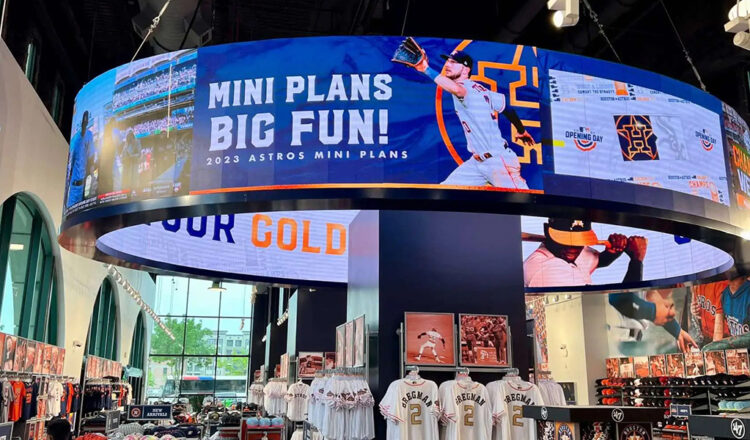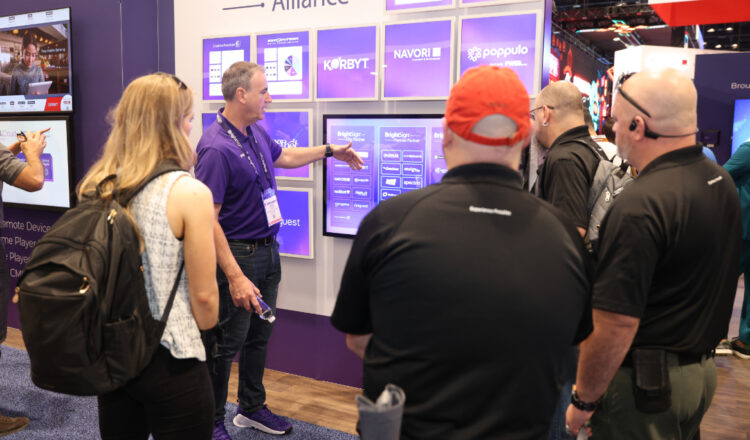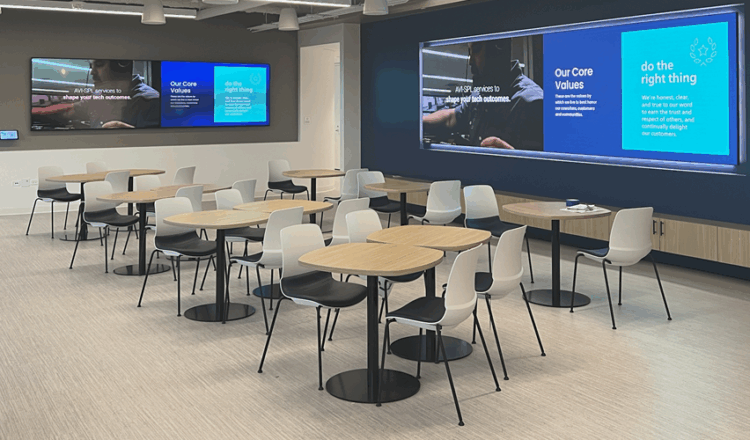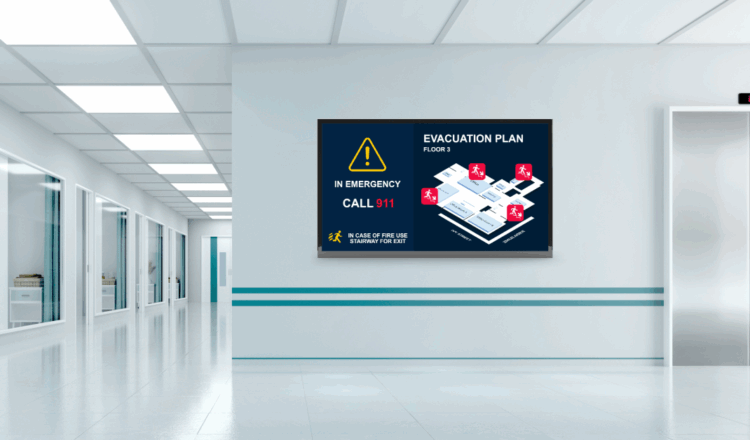Behind the Screens:
The Rise of Retail Digital Signage
With BrightSign and Customerland
BrightSign’s Misty Chalk on the Rise of Retail Digital Signage
Over the past decade, digital signage has quietly transformed from static displays into a vital engine for customer engagement and revenue generation. Nowhere is this more apparent than in the rise of Retail Media Networks (RMNs), where screens inside stores are becoming as valuable to advertisers as websites and social platforms.
In a previous episode of the Customerland podcast, Mike Giambattista, editor in chief at Customerland, is joined by Misty Chalk, vice president of sales for the Americas at BrightSign, who shared how this transformation is playing out, and why digital signage is emerging as a core pillar of the retail media boom.
Listen to the full podcast or read on for a synopsis of the episode.
BrightSign’s Role: Infrastructure Behind the Experience
BrightSign has long been recognized for its purpose-built digital signage media players, designed to be reliable, scalable, and flexible across environments ranging from retail to healthcare and hospitality. Chalk emphasized that the company’s strength lies not in flashy displays, but in the stability and interoperability of its hardware.
A key example: BrightSign’s open API strategy. This approach allows third-party content management systems to run seamlessly on BrightSign devices, making it possible for retailers and partners to orchestrate campaigns across fragmented digital ecosystems. In essence, BrightSign’s players are the unseen infrastructure enabling today’s connected retail experiences.
RMNs Put Signage Center Stage
According to Chalk, the pandemic accelerated retailers’ push to monetize every digital touchpoint, including the screens already present in their stores. Unlike posters or static billboards, today’s signage networks are measurable, targeted, and dynamic — capable of serving brand-funded content based on time of day, shopper profiles, or even point-of-sale data.
This shift positions digital signage not as background décor but as a revenue-generating channel that complements retailers’ broader omnichannel strategies.
Personalization as the New Standard
Chalk pointed to personalization as the most powerful driver of signage today. Whether it’s welcoming a hotel guest by name or tailoring health information in a clinic waiting room, personalized screen content creates an emotional impact.
For retailers, that means signage must move beyond generic messaging to deliver experiences that feel relevant in the moment — requiring real-time data integration and agile content strategies.
The AI Advantage
According to Chalk, artificial intelligence is amplifying this shift. More importantly, AI enables real-time optimizations like tracking engagement, refining messages based on interaction patterns, and producing analytics that directly shape media spend.
This creates a feedback loop where signage isn’t just delivering content, it’s learning from every interaction to get smarter and more effective.
Collaboration Through Bright Alliance
BrightSign is also heavily investing in CMS provider partnerships with its Bright Alliance program. For retailers, this means smoother deployments and more predictable outcomes, as signage becomes fully integrated into campaign planning and customer experience design.
What It Means for Retail Media
As RMNs continue to grow, Chalk sees signage evolving into a programmable engagement layer that belongs alongside loyalty platforms, mobile apps, and CRM systems. For retailers and advertisers, the opportunity is clear: Treat in-store screens not as a one-off channel but as a measurable, adaptable, and revenue-driving part of the customer experience stack.
And, while the BrightSign media player behind the screen may not grab the spotlight, its reliability and integration capabilities are powering the next generation of connected retail experiences.
This article is based on insights shared in the Customerland podcast episode featuring Misty Chalk, vp of sales for the Americas at BrightSign.





